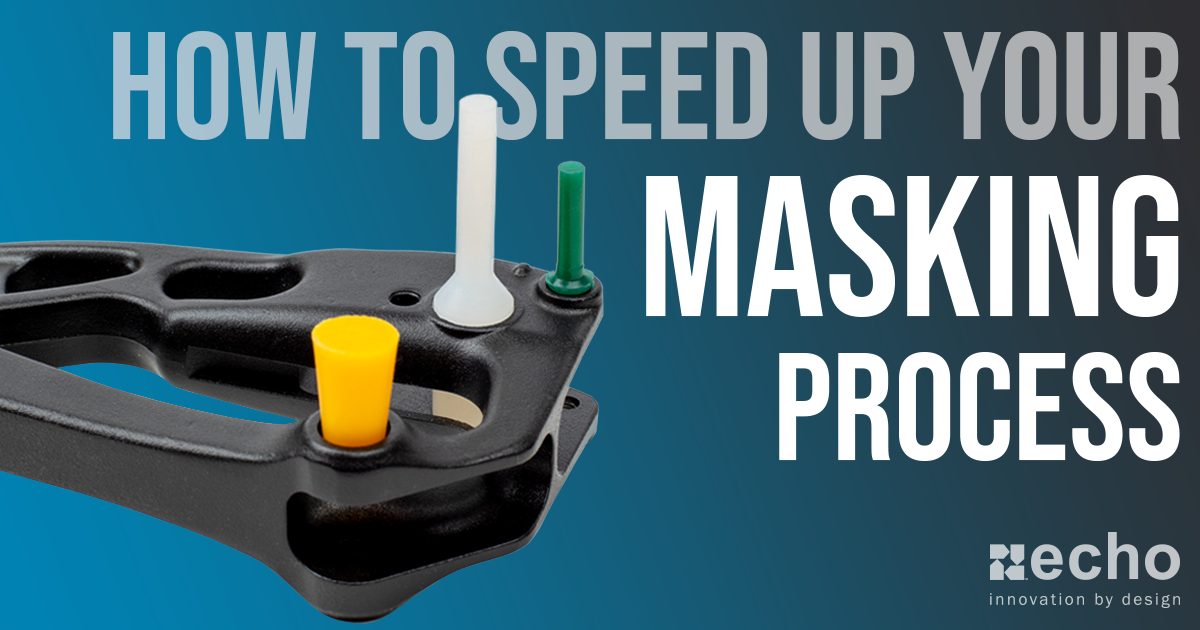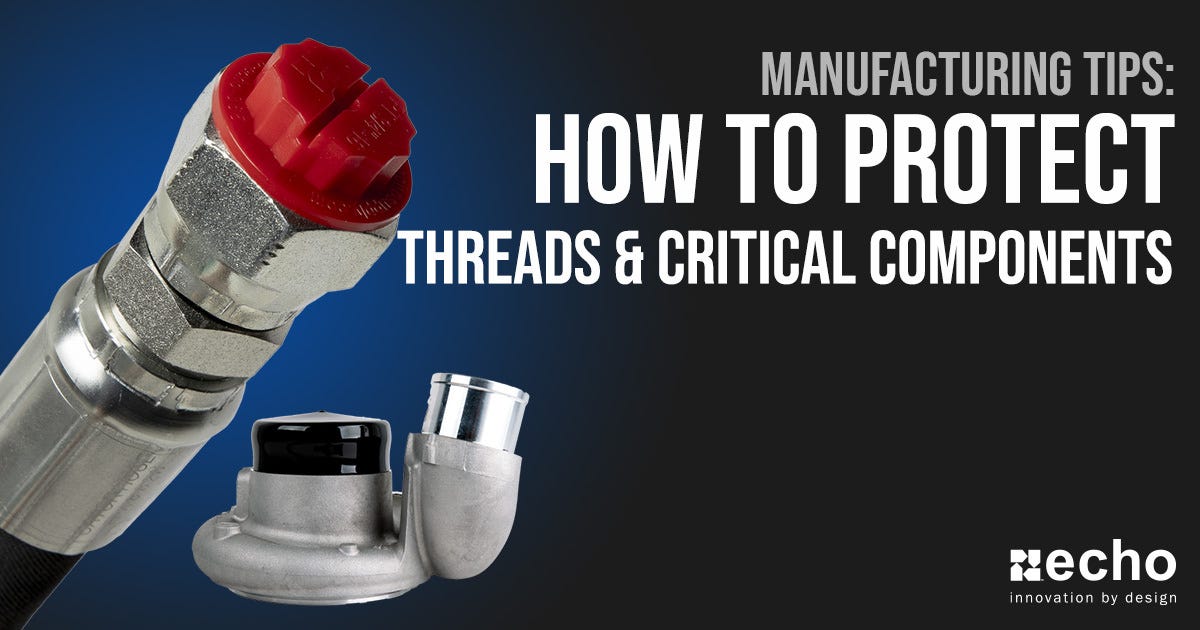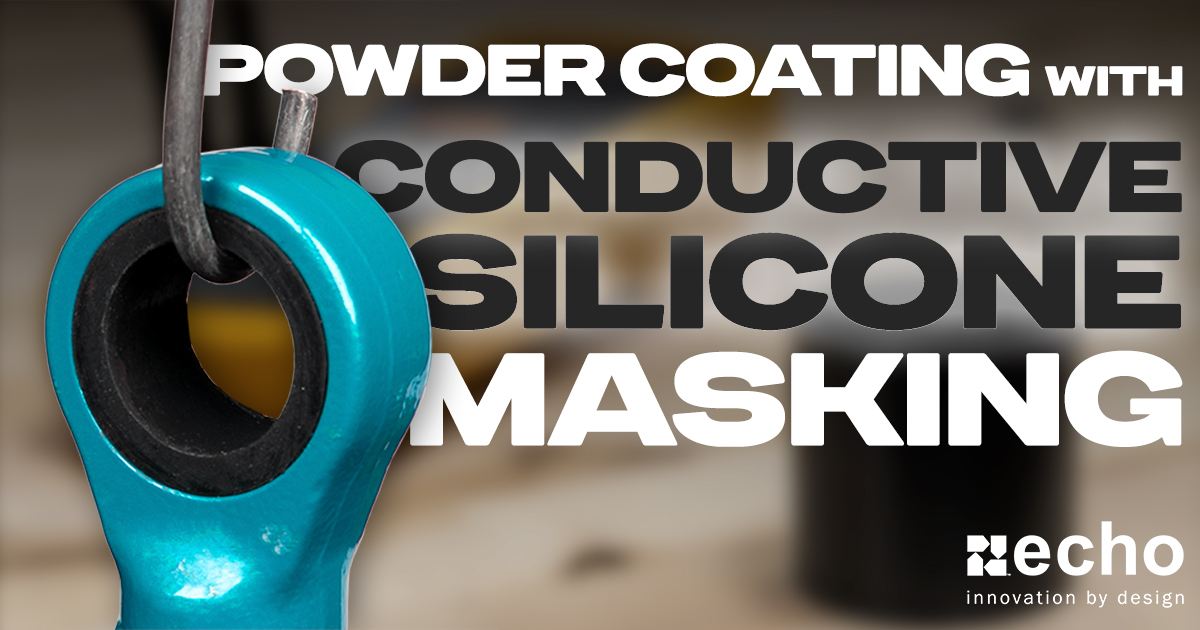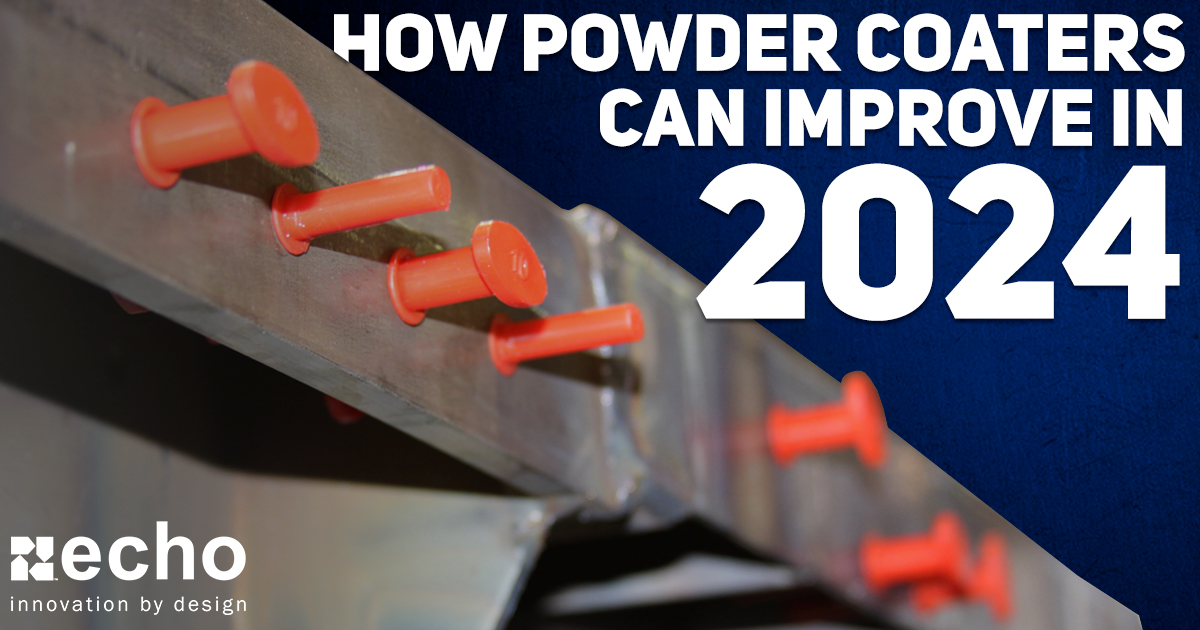Masking Tape Adhesive Issues During The Winter
- By Echo Engineering
- Dec 2, 2020
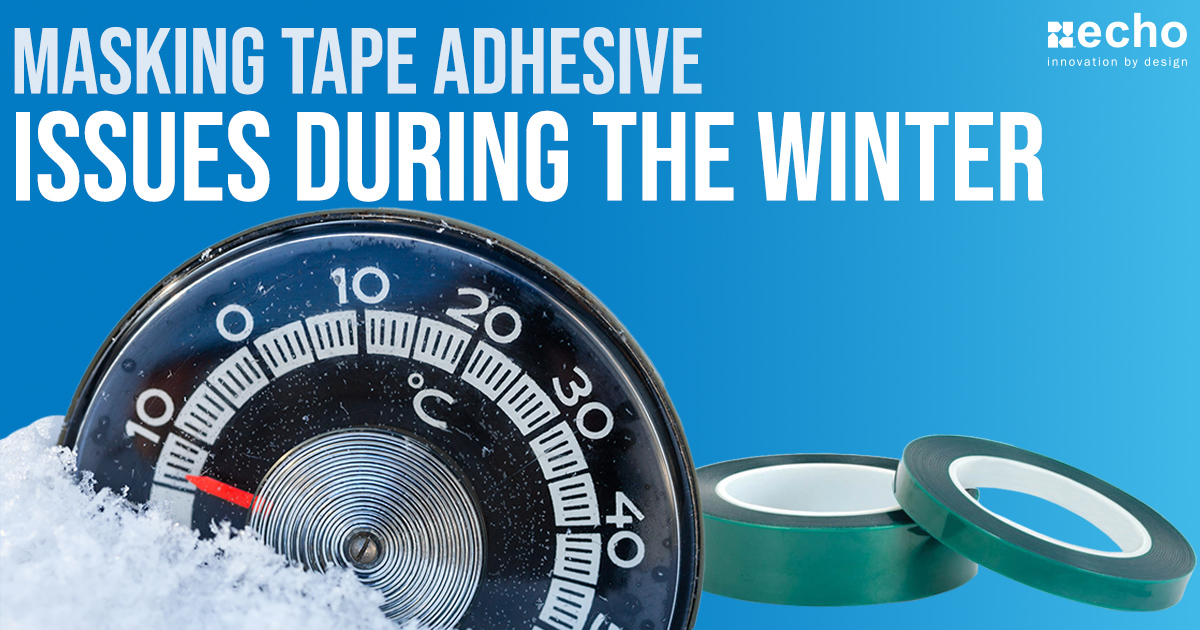
Masking Tape Issues During The Winter
Have you been having trouble getting your adhesive tapes to stick to your product over the last few weeks? Don't fret – we know why. Throughout this post, we'll address what issues cold temperatures can cause during your masking process, test results of where the core problems lie, and how to prevent these issues from happening so that your paint line can achieve sufficient masking results.
Common Issues in the Winter
Tape Appears to Warp When Cold
Colder conditions will cause rolls of masking tapes to actually expand differently than the core the tape is on. When this happens, the tape will appear to have a bump on the roll.
Luckily, when the tape is heated back up to room temperature, the bump will disappear. We've included a time-lampse of what this actually looks like. As you can see, the tape (pulled from the freezer) has an odd bump on the top. Over the course of approximately 10 minutes, the tape returned to its original form as the tape's temperature increased to room temp.
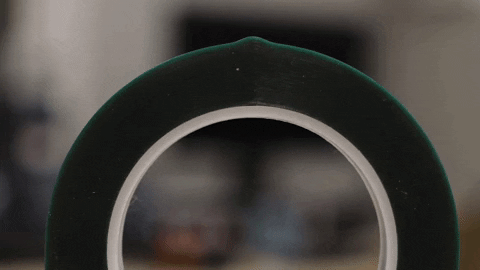

Tape Adhesion and Sealing Issues
Transportation and storage during the cold winter months can cause application adhesion difficulties due to low temperatures impeding the wet-out process. This means that your adhesives aren't getting enough applied pressure to achieve sufficient wet-out because of the low temperatures the winter months create. This has probably caused your adhesives to become brittle and they may have failed to produce stickiness or pressure on your products.
The cold tape will have some impact on the adhesion, but after doing some testing we found that it tends to be only part of the equation...
Testing Tape vs. Metal Surface Temperatures
Peel Force
There is a major difference in peel strength between the four different scenarios we tested. Peel force is a major indicator of the quality of the bond. As many of our customers can attest, if your tape doesn’t have a solid bond, you will run into issues on the line. It’s as simple as that. And even under
I would challenge anyone reading this who has skepticism – take a piece of metal and throw it in the freezer for an hour. Take out the piece of metal from the freezer, apply a piece of tape, and then peel it off by hand. Now, do the same thing with a piece of metal at room temperature. I guarantee you will feel the difference in performance. Now ask yourself what do you want on your paint line?
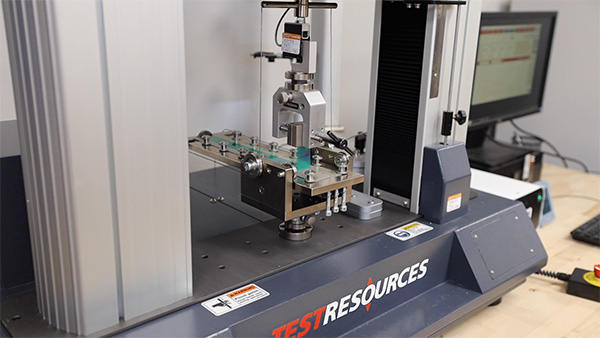

Testing Results
Here are the averages for each scenario converted into more common units. We’ve also reported the drop in performance compared to both substrate and tape at room temp.
| Test Condition | ozf (ounce force) | N | lbf | % Drop |
| Room Temp Tape + Room Temp Plate | 19.21 | 5.34 | 1.20 | 0% |
| Cold Tape + Room Temp Plate | 16.33 | 4.54 | 1.02 | 15% |
| Room Temp Tape + Cold Plate | 14.01 | 3.90 | 0.88 | 27% |
| Cold Tape + Cold Plate | 11.58 | 3.22 | 0.72 | 40% |
It’s crazy to think that something as simple as temperature could impact the bond as much as 40%! What other variables exist in your process that might have this kind of impact?
Tips for Avoiding Adhesion Issues
Recommended Storage & Application Temperature for Masking Tape
We recommend a temperature between 65°F – 75°F when applying your pressure-sensitive adhesives and substrates. If the temperature is less than this, use a heat source to bring parts up to room temp. Applications less than 50°F will cause bonding problems.
It's important to allow time for PSAs and your substrates to warm up.
65°F - 75°F
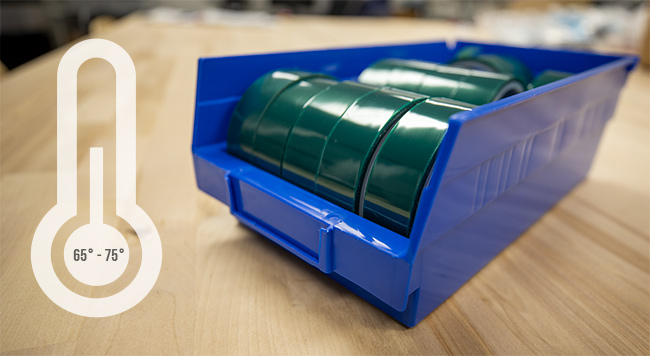

Applying the Tape
Ensuring the correct temperature storage is going to be useless if you don't ensure that the surfaces that it will be bonded to are not clean.
For this example shown, we used Simple Green All-Purpose Cleaner, but you can also use denatured alcohol. Most powder coating shops tend to put their parts through an extensive pre-treatment process
Having a clean surface is ABSOLUTELY VITAL when it comes to masking, especially when using adhesive tapes. This is the most common source of masking tape failure.
Any dirt or oil on the substrate will prevent adhesive-wet out of the surface and will probably result in bond failure.
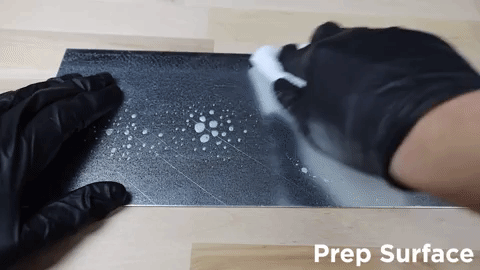

Use Pressure When Applying Tape
Don't forget that these tapes use PSA (Pressure Sensitive Adhesives). Meaning, in order for them to effectively mask the parts, you must apply pressure to bond to the surface.
We typically recommend using a squeegee or roller to obtain maximum adhesion.
Letting the parts sit for a few hourse will also help increase the bond, especially if you're working in a colder environment. But, we understand that you may not have time to wait in most cases.
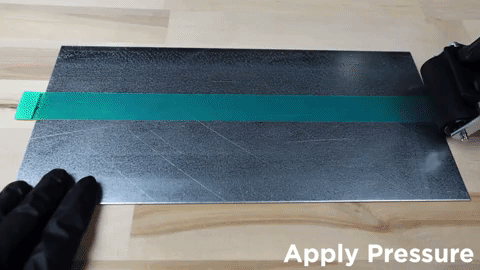

Conclusion
Does your company have a procedure for storing your materials? After seeing this test, I hope you see how important it is to implement a solid process to ensure consistency. Think about where your materials are stored at your facility. Are they stored in a completely uncontrolled environment? Are they stored against an exterior-facing wall? If storage and application temperature isn’t controlled as part of your internal operating procedures, you will have an extremely difficult time troubleshooting issues on your line. As the seasons change, so will the quality of your product.
Last but not least, don't be afraid to contact us if you are experiencing issues with this and need to discuss it further. We are more than happy to walk you through this process to ensure sufficient bonding pressure takes place for your PSAs!



